What can be done for the condition?
Many cases of sesamoiditis can heal completely with careful treatment. There are two methods for treating sesamoid problems, nonsurgical treatment and surgery. Surgery is most often used as a last resort, when other forms of treatment aren't helping.
Non-surgical Rehabilitation
Although each patient recovers at a different rate, as a general rule, our patients with sesamoid problems typically undergo four to six physiotherapy treatments. Your physiotherapist can offer ideas of pads or cushions that help take pressure off the sesamoid bones. We may recommend that special padding in the shape of a J can be placed inside your shoe to ease pressure on the sesamoids as you stand and walk. You may need to limit the amount of weight placed on your foot when you're up and about. Shoes with low heels may also ease the pressure. Your doctor may also recommend supplementing rehabilitation with nonsteroidal anti-inflammatory drugs (NSAIDs), such as aspirin and ibuprofen.
Our physiotherapist may apply treatments to the painful area to help control pain and swelling, such as ultrasound, moist heat, and soft-tissue massage. Our physiotherapy sessions sometimes include iontophoresis, which uses a mild electrical current to push anti-inflammatory drugs, prescribed by your doctor, into the sore area.
If simple modifications are made to your shoes you may be allowed to resume normal walking immediately, but you should probably cut back on more vigorous activities for several weeks to allow the inflammation and pain to subside. If we must use more aggressive treatment during your recovery, you may be required to use crutches for several weeks to keep weight off the foot.
Post-surgical Rehabilitation
After a surgical procedure to shave or remove bone, patients are generally placed in either a rigid-soled shoe or a cast for two to three weeks. We will help you learn to properly use crutches to limit the weight that you put on your foot during the early stages of your recovery.
Treatment is more cautious after bone graft surgery. Patients usually wear a cast for up to four weeks. Then they wear a short walking cast for another two months, at which time active exercises can start.
The physiotherapists at One Wellness can develop a personalized physiotherapy program to help speed your rehabilitation. When your recovery is well under way, regular visits to One Wellness will end. Although we will continue to be a resource, you will eventually be in charge of doing your exercises as part of an ongoing home program.
One Wellness provides services for physiotherapy in Canmore.
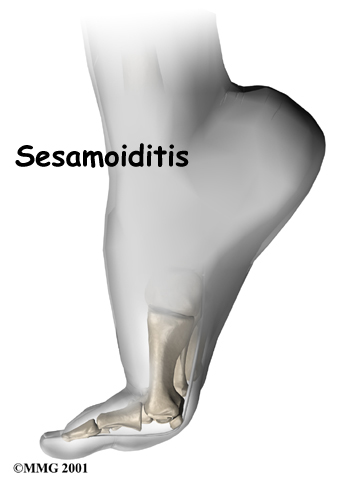

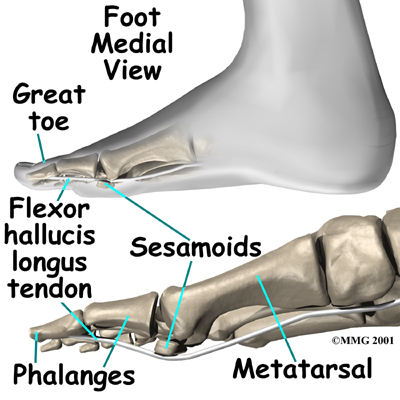
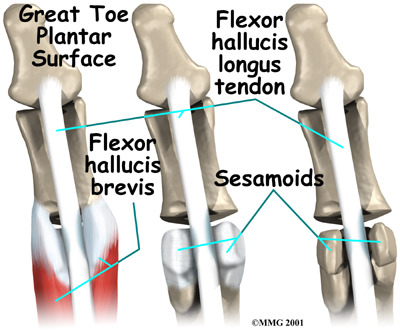
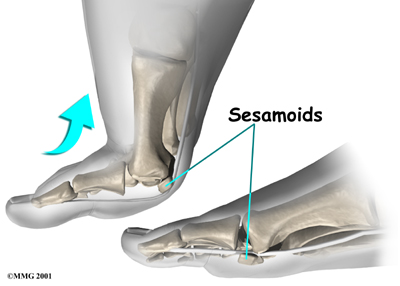
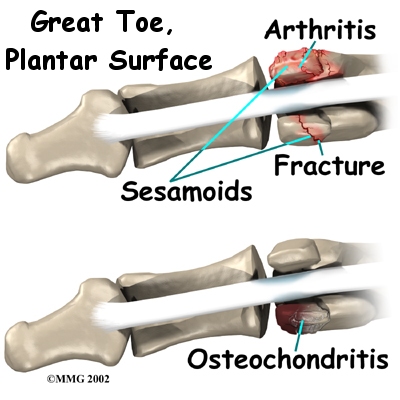 Fractures can also cause pain in the sesamoids. Fractures can occur when a person falls and lands bluntly on the ball of the foot. Stress fractures can also occur in the sesamoid bones. Stress fractures are usually caused by the strain of overworking the soft tissues. Athletes most often suffer stress fractures of the sesamoids because of the heavy and repeated demands that training places on the soft tissues of the foot and big toe.
Fractures can also cause pain in the sesamoids. Fractures can occur when a person falls and lands bluntly on the ball of the foot. Stress fractures can also occur in the sesamoid bones. Stress fractures are usually caused by the strain of overworking the soft tissues. Athletes most often suffer stress fractures of the sesamoids because of the heavy and repeated demands that training places on the soft tissues of the foot and big toe.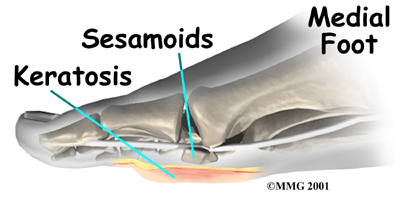
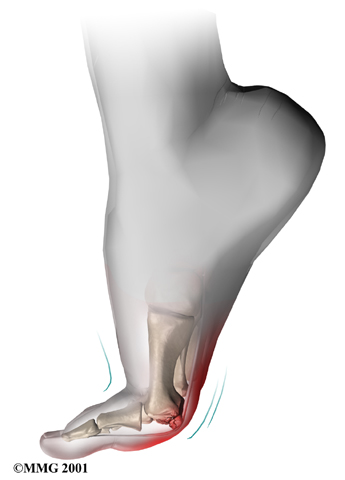


 (403) 679-7179
(403) 679-7179  concierge@one-wellness.ca
concierge@one-wellness.ca 

